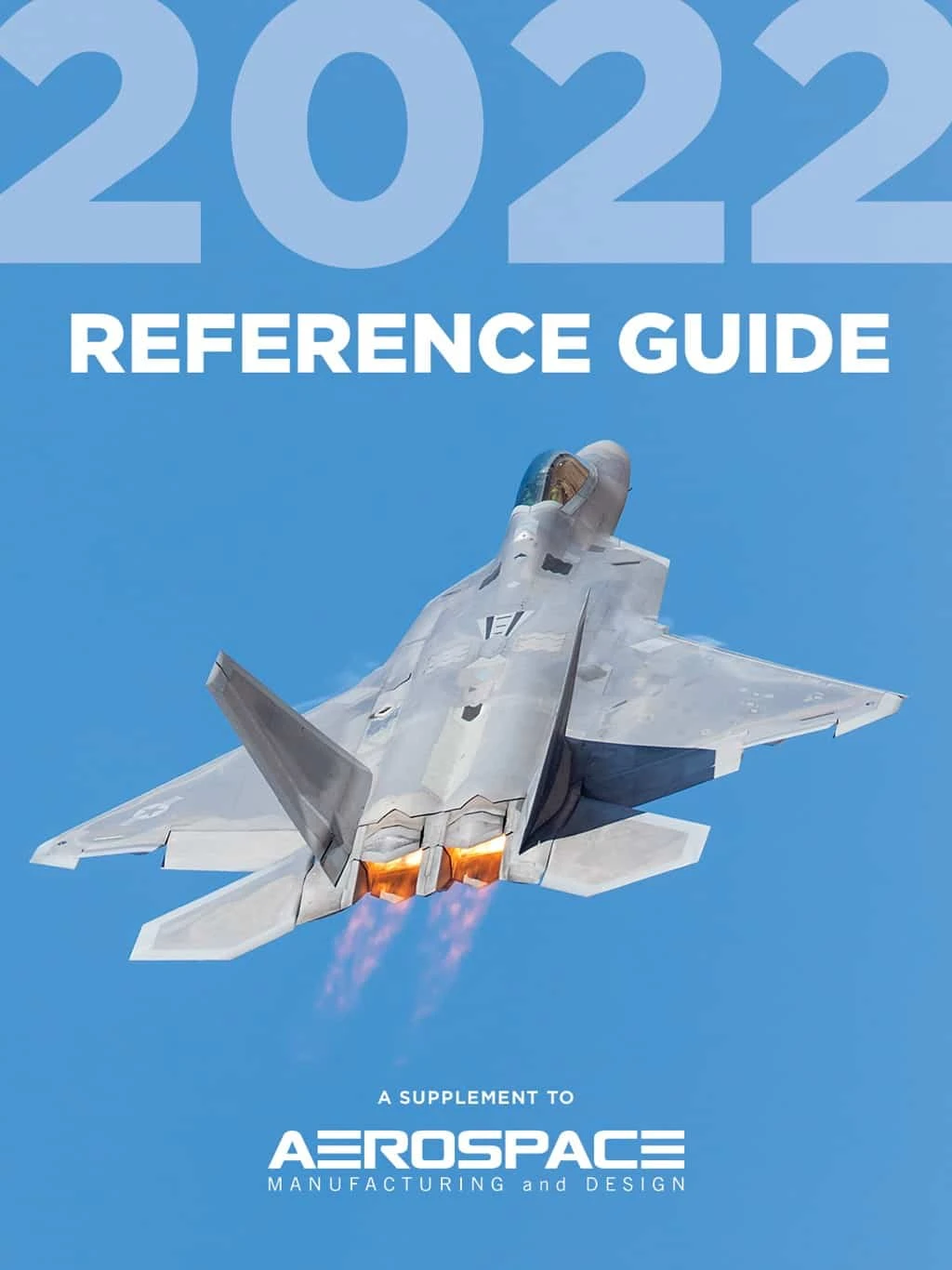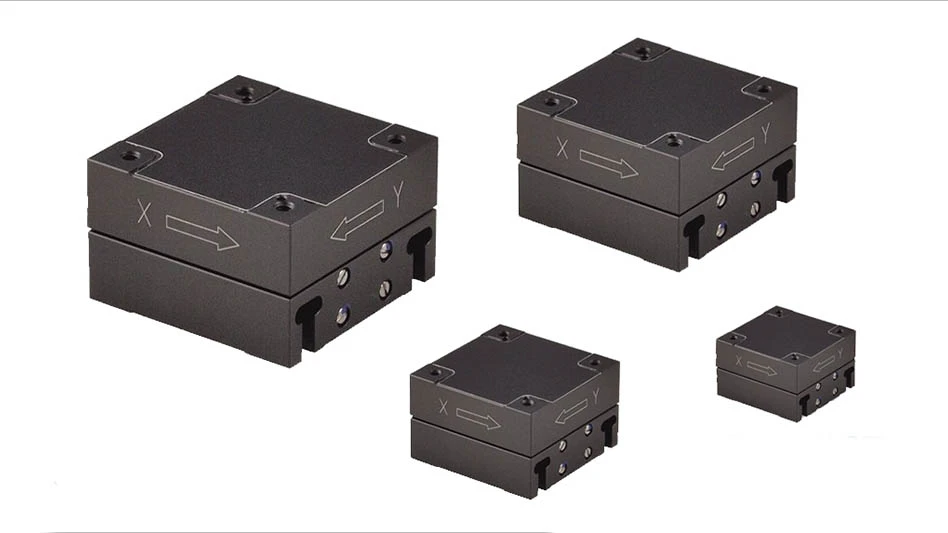
As a result of the pandemic, workers aging out of the workforce, and other market shifts, experts are predicting an 85.2 million worldwide worker shortage by 2030. The aerospace industry isn’t immune from this as the International Air Transport Association (IATA) estimated nearly 220,000 aerospace worker jobs were at risk in the middle of 2020.
Reductions in air travel and fluid travel restrictions continue to compound the impact worker shortages have had on air travel, maintenance, and manufacturing. According to the IATA, more than 17,000 aircraft were grounded as of May 2020, which is more than 11x the average. The labor shortage and global travel restrictions have led to fewer human resources for inspections and service which causes more assets to be grounded.
However, the continued improvement of augmented reality (AR) capabilities has driven an increase in the demand for – and success with – the technology.
Global aerospace manufacturing and design companies have used AR and virtual reality (VR) solutions for more than 15 years to overcome these challenges. AR technology can lower aircraft-on-ground times by more than 60%, create 70% productivity gains, boost asset uptime by 65% to 70%, and triple the number of daily inspections.
The reality of AR
AR technologies enable companies to create a network of knowledge to remotely address issues that arise. Using a physical device, such as a headset, a technician can view and share data and images overlaid onto what is seen regardless of location, requiring fewer people yet safely managing operations. Real-time translation, product support overlays, and artificial intelligence (AI)-powered databases make remote support, inspection, and repair a reliable option to overcome challenges in the manufacturing ecosystem.
AR benefitting aerospace
The aerospace industry has a long history of using AR beyond flight training simulators. Airframe manufacturers use AR to support customers. Downstream companies such as cabin interior engineers, engine manufacturers, and defense manufacturers have realized AR’s benefits in training and support for nearly two decades. As AR continues to assert its value, companies are doubling down on their AR investments.
According to IDC's IT Buyer Sentiment Survey, AR adoption is growing, with 64% of companies maintaining or increasing their spending this year to improve return on investment (ROI) and drive corporate success. According to a study Librestream commissioned, spending will surpass $48.6 billion by 2025. This is an 18-fold increase from 2021. Companies looking to future-proof themselves and create a culture based on digitization, innovation, disruption, and agility are turning to AR. Just in the last year, the AR platform Librestream Onsight grew nearly 840%, showing how more companies, around the world, are better supporting their products and operations.
By training people on virtual battle fields, digital flight lines, and immersive troubleshooting scenarios, workers are better trained and use fewer physical resources to acquire the same information. Virtual training is also less expensive and a safer alternative to being on live flight lines or airfields.

Institutionalize knowledge with AR
Pratt & Whitney, Raytheon, Safran, and others have turned to AR to bolster their workforces and move from simple collaboration to building a process that archives data to create a knowledge base or knowledge network.
As worker shortages continue, companies have a pressing need to institutionalize the knowledge across their entire system. Developing service and troubleshooting knowledge networks is crucial to support the number of legacy systems many aerospace manufacturers handle. The continued improvement of ruggedized hardware means AR systems can be used in mission-critical situations to connect teams from anywhere. Real-time translation and machine learning database-building help companies transition from simple digital archives to fully automated and immersive digital processes.
Pratt & Whitney uses the Librestream Onsight platform to take photos, record videos, share high-definition stills, and telestration, allowing users to digitally sketch over top of videos and images. By offering AR, Pratt & Whitney is able to achieve a 60% faster turnaround on aircraft-on-ground situations.
For Rolls-Royce, implementing AR inspection technology enables customers to save time and money. Rolls-Royce trains customer engineers to remotely examine engines by inserting an ultrasound probe into the engine and then connecting to a remote expert. The customer can share images and receive documentation and human support remotely, saving travel resources and putting engines quickly back into service.
The labor shortage and the other challenges in the aerospace industry are showing no signs of slowing down, so now is the perfect time to integrate AR into operations to industrialize existing knowledge to deliver virtual support to internal teams and customers alike.
Get curated news on YOUR industry.
Enter your email to receive our newsletters.
Explore the AMD Reference Guide 2022 Issue
Check out more from this issue and find your next story to read.
Latest from Aerospace Manufacturing and Design
- Talking machine tools with the professionals who build them
- Tools and strategies for improving your machining processes
- America Makes announces QTIME project call
- Innovation meets precision for 40% faster machining
- Upcoming webinar: Pro tips from a supply chain strategist
- Heart Aerospace relocates to Los Angeles
- Fixtureworks introduces Stablelock Clamps
- Piasecki acquires Kaman's KARGO UAV program








